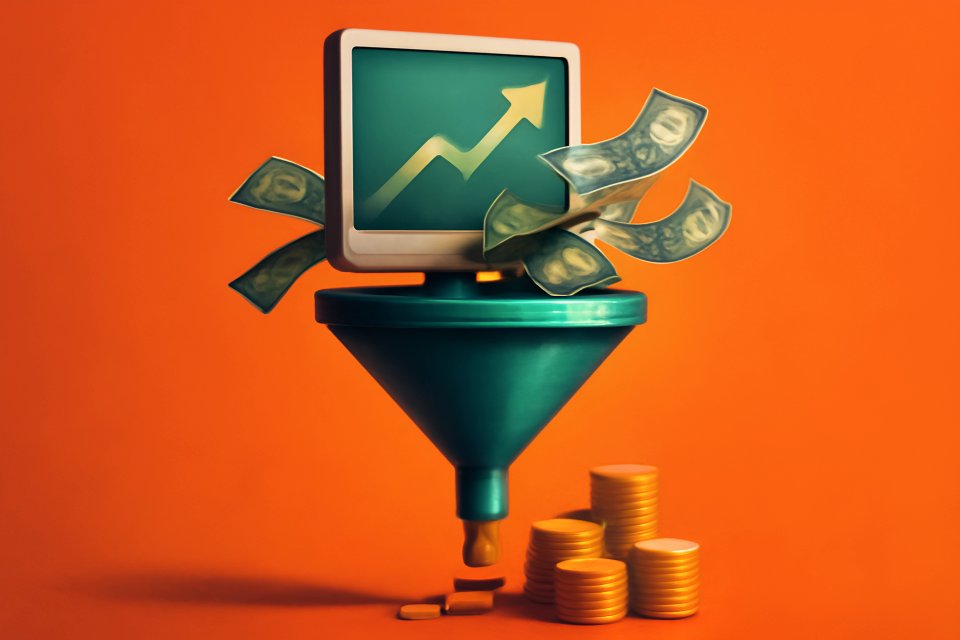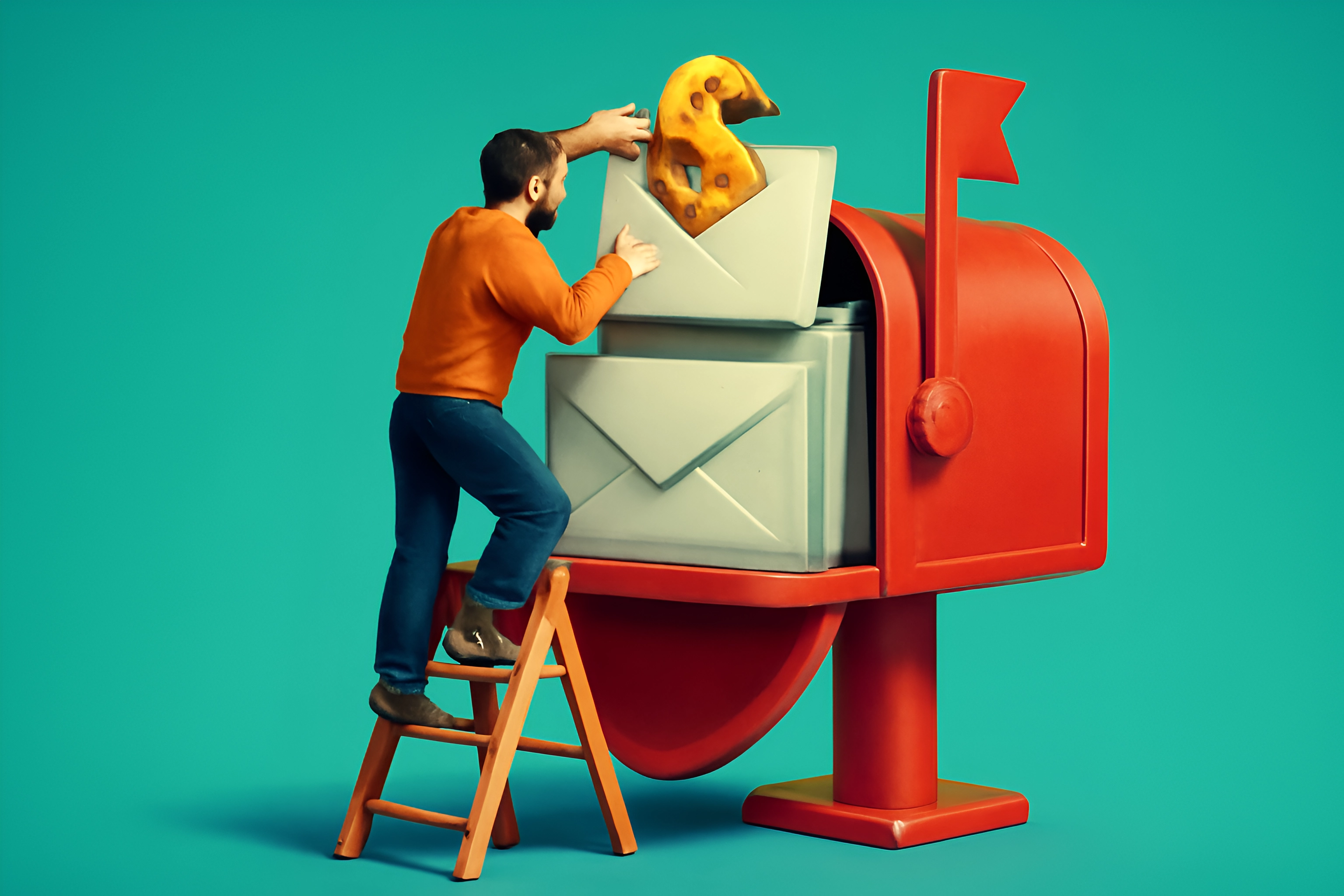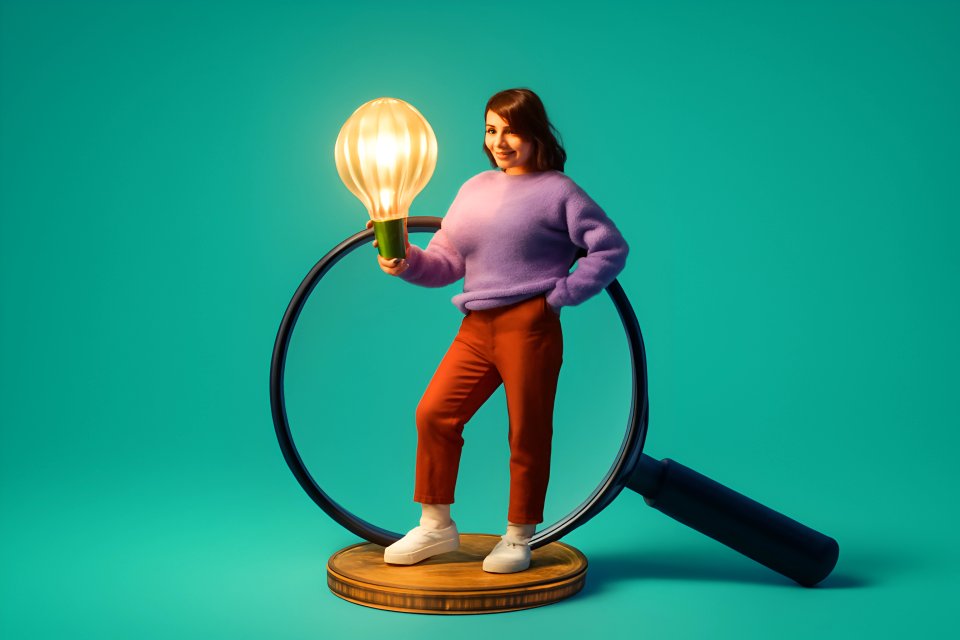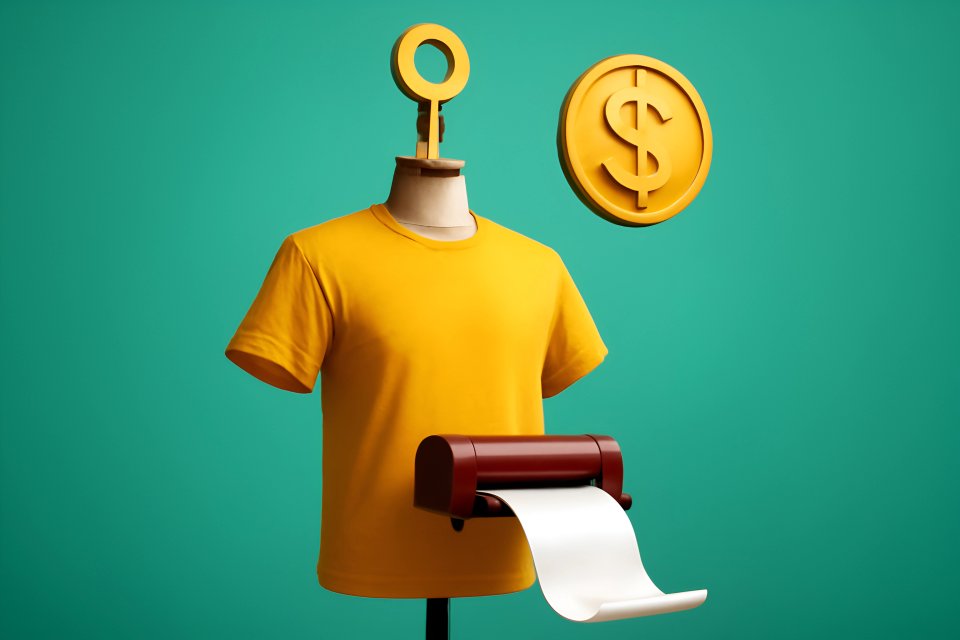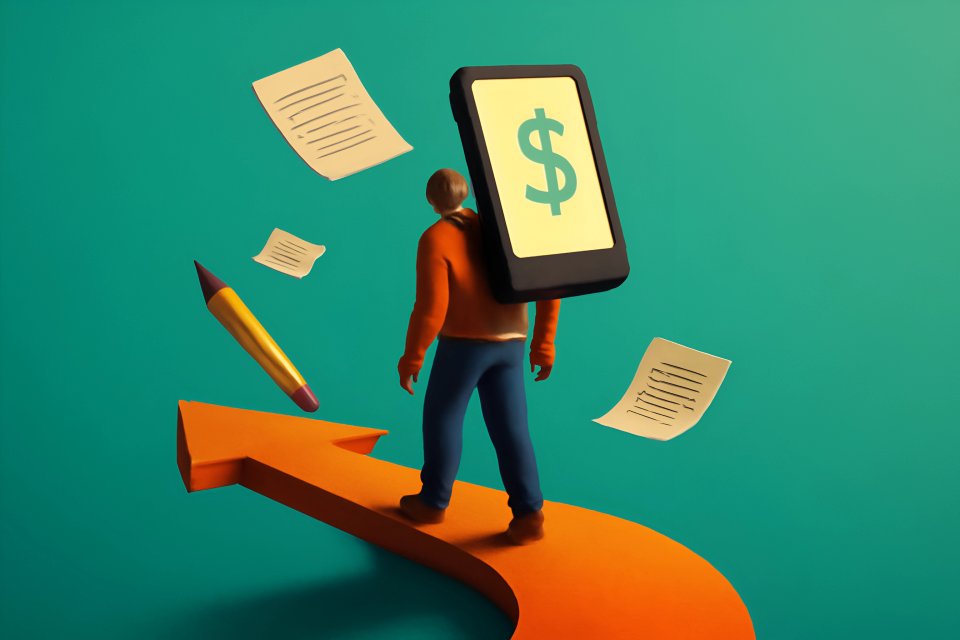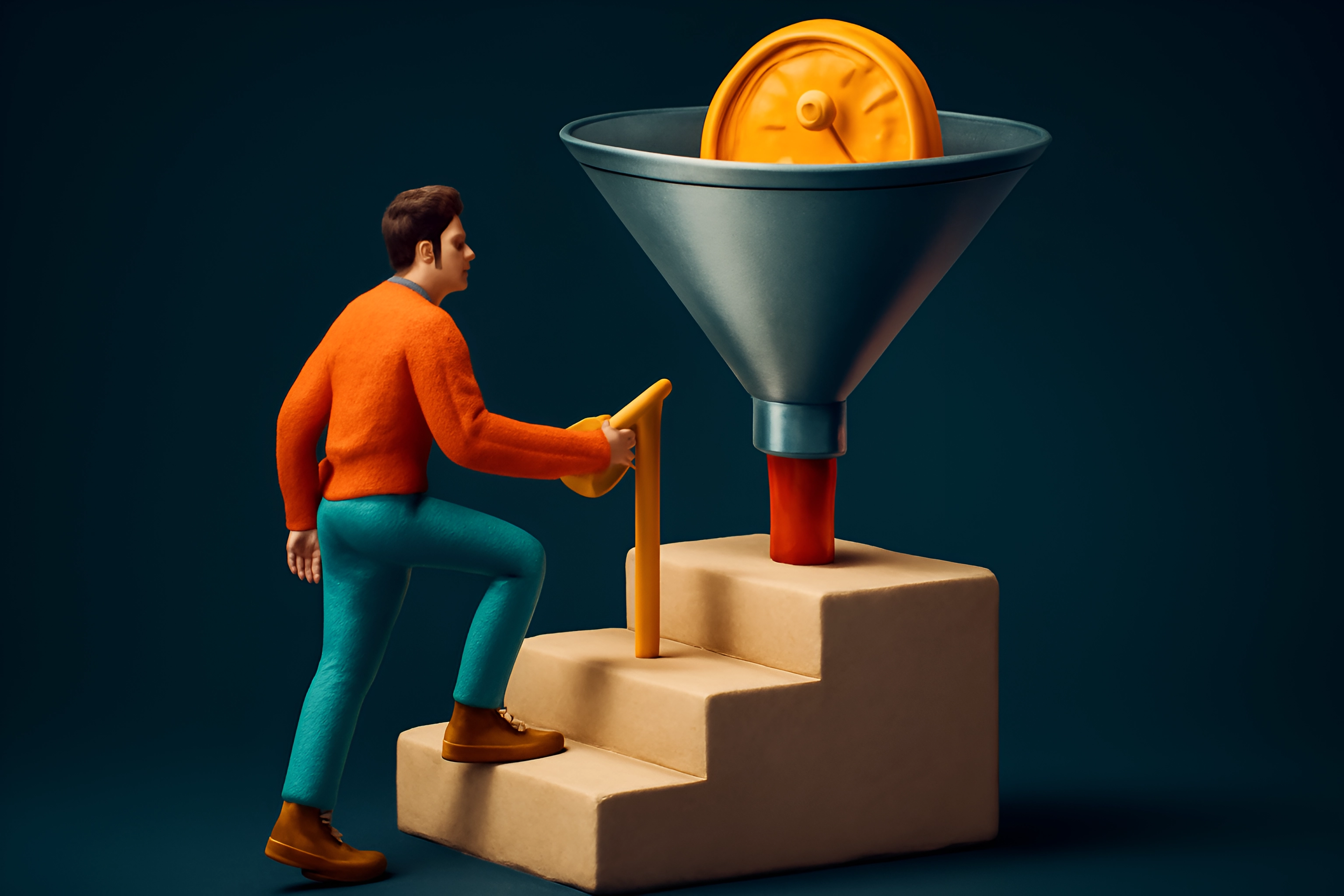
Tired of dropping affiliate links into your content and hearing crickets? You're not just shouting into the void; you're playing a game of chance you can't win. Many aspiring affiliates struggle because they're missing the most crucial piece of the puzzle: a system.
Successful affiliate marketing isn't about luck, viral posts, or begging for clicks. It's about strategy, psychology, and building a machine that works for you. Simply sharing links is a recipe for frustration, a path that leaves your income in the hands of algorithms and fleeting attention spans.
This is where the affiliate funnel changes everything. It's the "smarter, not harder" system that puts you back in control. This is your step-by-step, no-fluff blueprint to build a reliable system that builds trust, guides potential customers to a solution they need, and creates a predictable income stream.
What is an Affiliate Marketing Funnel (And Why It’s a Game-Changer)?
Think of an affiliate marketing funnel as your automated sales assistant. Instead of you manually promoting a product 24/7, your funnel works tirelessly in the background. It attracts the right people, builds a genuine relationship with them, and only then presents your affiliate offer when they are ready to hear it.
This stands in stark contrast to direct linking. Throwing a raw affiliate link at a cold audience is like asking someone to marry you on the first date—it’s abrupt, desperate, and rarely works. A funnel, however, is the courtship; it’s the process of going on a few dates, building trust, and then, when the time is right, popping the question. This value-first approach is why structured funnels can boost conversions by a staggering 300-500% compared to the scattergun method.
The core benefits for you, the solopreneur, are immense. You're not just earning a commission; you're building your own asset—an email list that you own and control, immune to social media algorithm changes. This system automates the trust-building process, nurtures leads on autopilot, and dramatically increases conversions because a warm, engaged lead is infinitely more likely to buy.
The 5 Core Components of Your First Affiliate Funnel
Before we dive into the build, let's look at the blueprint. Understanding these five core building blocks will give you a mental map of the system you're about to create. Each piece has a specific job, and when they work together, they create a powerful engine for your business.
- The Affiliate Offer: This is the product or service you're promoting. It's the ultimate solution to your audience's problem.
- The Lead Magnet: This is the free, valuable "bait" you offer in exchange for an email address. It's the first step in building trust.
- The Landing Page: This is the simple, focused webpage where people sign up to receive your lead magnet.
- The Email Sequence: This is the automated series of emails that nurtures the relationship, provides value, and makes the sale.
- The Traffic Source: This is how you get the right people to find your landing page and enter your funnel in the first place.
Part I: The Step-by-Step Funnel Build
Step 1: The Foundation - Choose a Product Worth Promoting
Here is the golden rule of affiliate marketing: do not chase high commissions at the expense of your integrity. Your long-term success depends on the trust you build with your audience. The fastest way to destroy that trust is by promoting a product that doesn't deliver on its promises.
Your first step is to choose a product you genuinely believe in, one that solves a real, painful problem for your target audience. Have you used it yourself? Can you get a trial to test it thoroughly and speak about it with authentic conviction? Look for products with a strong reputation, positive reviews, and a company that stands behind them with a solid affiliate program. For example, many successful affiliates find great products to promote by exploring the affiliate programs of print-on-demand platforms they already use.
When vetting products, look beyond the commission percentage. According to research, high-ticket programs like Kinsta's can offer up to $500 per referral plus recurring commissions, but they also provide extensive support. Use this simple framework to evaluate potential offers:
| Selection Criteria | Beginner Threshold | Advanced Benchmark |
|---|---|---|
| Commission Structure | >$50 flat fee | 20-30% recurring |
| Cookie Duration | 30 days | 90-180 days |
| Vendor Reputation | 4+ star reviews | Case studies available |
| Promotional Resources | Basic banners | Co-branded content |
Step 2: The Bait - Create an Irresistible Lead Magnet
No one gives away their email address for free anymore. You need to offer something of real, immediate value in return. This is your lead magnet, and its job is to act as a "micro-solution" that directly relates to the bigger problem your affiliate product solves.
For your first funnel, forget about writing a 50-page ebook. Complexity is the enemy of action; research shows that overly complicated resources can increase abandonment by a shocking 70%. Your goal is a quick win for your new subscriber. Think simple, valuable, and easily consumable.
Here are some beginner-friendly ideas that work wonders: a one-page checklist like "The 10-Point Checklist for Launching Your Etsy Shop," a resource guide of "My Top 5 Free Tools to Complement [Affiliate Product]," or a short 3-day email crash course. The key is to provide a resource that delivers a tangible result in under 15 minutes, establishing your authority and building goodwill from the very first interaction. If you need inspiration, explore these smart content creation hacks to build a niche audience that will be hungry for your lead magnet.
Step 3: The Front Door - Build a High-Converting Landing Page
Your landing page has one job and one job only: to get the visitor's email address. It is not a blog post, a homepage, or a portfolio. That means no navigation menu, no social media links, and no other distractions that could pull the visitor away from the single most important action.
Simplicity wins. The most effective landing pages feature a few key elements. Start with a compelling, benefit-driven headline that screams the outcome, like "Never Stare at a Blank Page Again." Add a few bullet points that explain what they will achieve with the lead magnet, a simple visual mockup of the freebie, and a crystal-clear call-to-action (CTA) button that says something like "Download the Free Checklist Now!"
You don't need to be a web designer to create one. Many of the best digital marketing tools for earning online like ConvertKit or MailerLite have built-in, drag-and-drop landing page creators. Remember, with over 60% of leads now coming from mobile devices, your page must look great and function perfectly on a smartphone.
Step 4: The Engine - Write Your 4-Day "Trust and Transition" Email Sequence
This is where the magic happens. Your email sequence is the engine of your funnel, the automated conversation that turns a curious subscriber into a trusting potential customer. This is not a sales pitch; it's a strategic dialogue designed to build rapport and demonstrate value before you ever ask for the sale.
Frame your sequence around a simple, proven 4-day model.
-
Email 1: The Delivery & Welcome (Day 0)
Subject: Your [Lead Magnet Name] is here!- Deliver the freebie immediately. Briefly introduce yourself and set the expectation that you'll be sending more valuable tips in the coming days.
-
Email 2: The Quick Win (Day 1)
Subject: Having trouble with [common problem]?- Provide another valuable tip related to your lead magnet. Solve a small problem for them and build your authority. Do not sell anything.
-
Email 3: The Problem & The Bridge (Day 2)
Subject: The real reason you're stuck with [problem]- Now, you agitate the core problem that your affiliate product solves. Empathize with their struggle and hint that you've found a powerful solution.
-
Email 4: The Solution & The Offer (Day 3)
Subject: My secret weapon for [solving the problem]- Finally, you introduce the affiliate product as the ultimate solution. Share your personal story, highlight the key benefits, and include your affiliate link with a clear CTA and an honest disclosure.
Step 5: The Fuel - Drive Targeted Traffic to Your Landing Page
A perfectly built engine is useless without fuel. Your final step is to drive targeted traffic—people who are actually experiencing the problem your funnel solves—to your landing page. As a beginner, the key is to master ONE traffic source before you try to be everywhere at once.
Focus on a strategy that plays to your strengths and aligns with your niche. If you enjoy writing, focus on SEO. Write a comprehensive blog post optimized for a keyword like "how to organize your freelance projects" and embed a form for your lead magnet directly within the article. SEO traffic converts 3x higher than social traffic because it captures users who are actively searching for a solution.
If you're more visual, create several eye-catching pins for Pinterest that lead directly to your landing page. Or, create a tutorial video for YouTube that demonstrates a concept from your lead magnet and links to the landing page in the very first line of the description. The goal is to create a sustainable, long-term flow of the right people into your system.
Part II: Optimization & Next Steps
Putting It All Together: A Real-World Funnel Example
Let's make this concrete. Imagine your niche is helping new content creators streamline their workflow.
- Affiliate Product: A subscription to an AI writing assistant like Jasper.
- Lead Magnet: "The 7-Day Content Idea Generator," a simple PDF worksheet.
- Landing Page: A page with the headline, "Grab Your Free 7-Day Content Idea Generator and Never Stare at a Blank Page Again."
- Email Sequence: A 4-day sequence that talks about writer's block and disorganization before introducing Jasper as the ultimate tool for consistency and creativity.
- Traffic Source: A detailed blog post titled "My Exact Process for Planning a Month of Content in 2 Hours," which naturally leads into the offer for the idea generator.
This is a complete system. Each piece logically flows into the next, guiding the user from a general problem to a specific solution. To see how this plays out with real numbers, check out this in-depth affiliate marketing case study that breaks down a successful campaign from start to finish.
How to Measure and Optimize Your Funnel (Conversion Optimization)
You can't improve what you don't measure. But don't get overwhelmed by data; as a beginner, you only need to focus on two key metrics to understand if your funnel is working.
- Landing Page Conversion Rate: This tells you how effective your "front door" is. The formula is
(Signups / Visitors) * 100. A good starting goal is 20% or higher. - Email Click-Through Rate (on Email 4): This tells you how effective your sales pitch is. The formula is
(Clicks on your affiliate link / Email Opens) * 100.
If your numbers are low, don't panic. This is part of the process. Start by testing one small change at a time. Tweak your landing page headline, rewrite the subject line of your pitch email, or try a different color for your CTA button. Small, iterative changes are how you turn a good funnel into a great one.
Common Beginner Pitfalls to Avoid
Building your first funnel is a huge step, but it's easy to stumble. Be aware of these common pitfalls so you can sidestep them.
- Being Too Salesy: Remember, this is a value-first system. Your primary goal is to help and build trust. The sale is a byproduct of that trust.
- Choosing the Wrong Product: Promoting a low-quality product for a quick buck will destroy your credibility. Your reputation is your most valuable asset.
- Analysis Paralysis: Don't wait for your funnel to be perfect. Build a "good enough" version and launch it. You can, and should, improve it over time based on real data.
- Giving Up Too Soon: This is not an overnight system. It takes time to get traffic, build your list, and see results. Stay consistent, and trust the process.
Conclusion: Your First Funnel is a Skill, Not a Lottery Ticket
You now have the complete blueprint. An affiliate funnel is a learnable, repeatable system that puts you in the driver's seat of your income. It transforms you from a passive link-sharer into a strategic business owner who builds real assets.
Building this first funnel is one of the most powerful steps you can take toward financial security and independence. It's not about getting lucky; it's about building a smart, sustainable machine for your future. Once this income stream is running, you can use it as a cornerstone for building a multi-stream income portfolio that provides true financial resilience.
You've got the plan. Now it's time for action.
